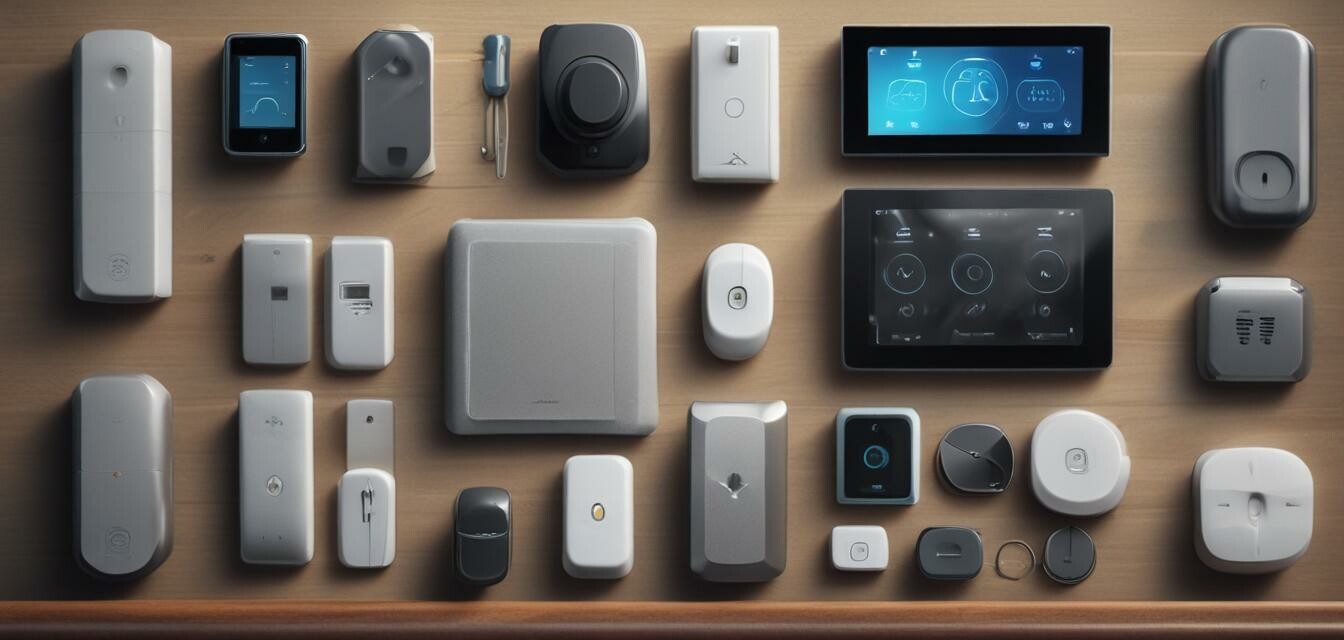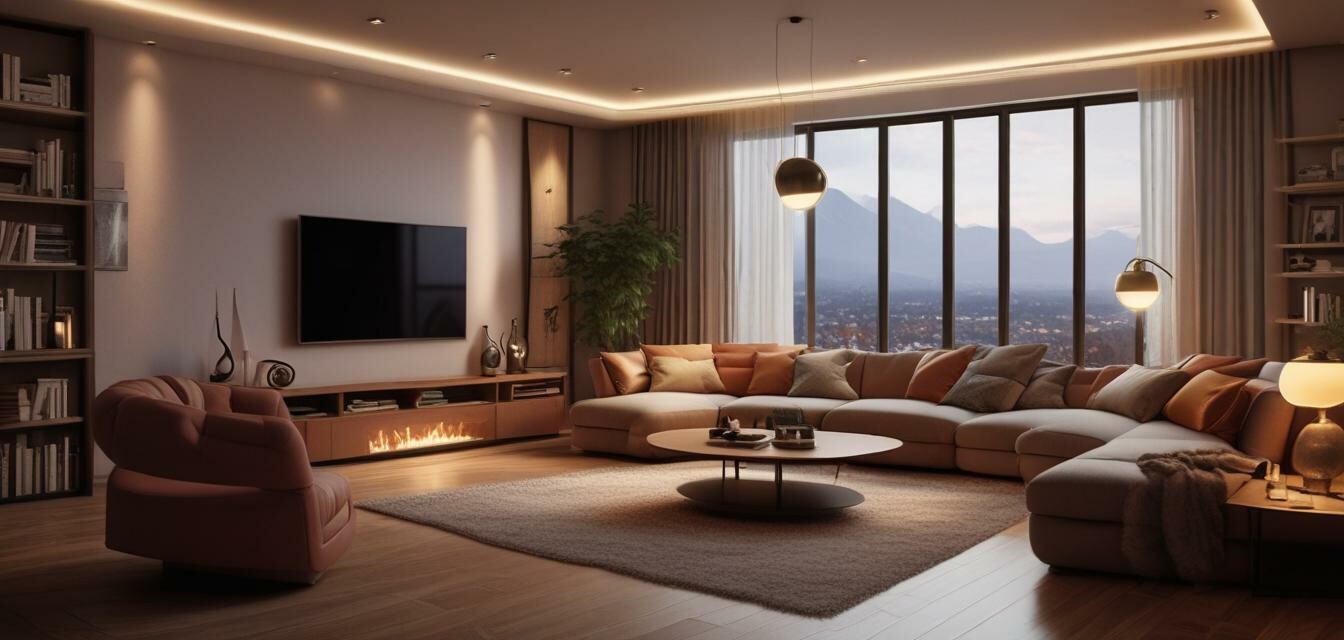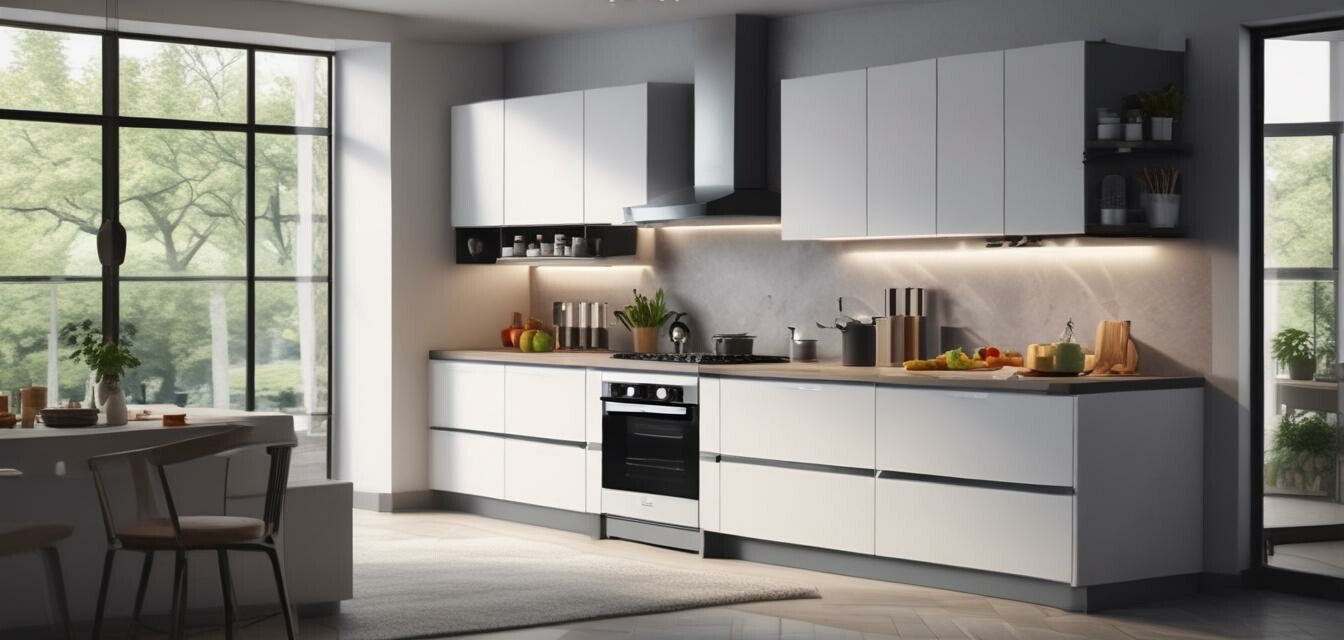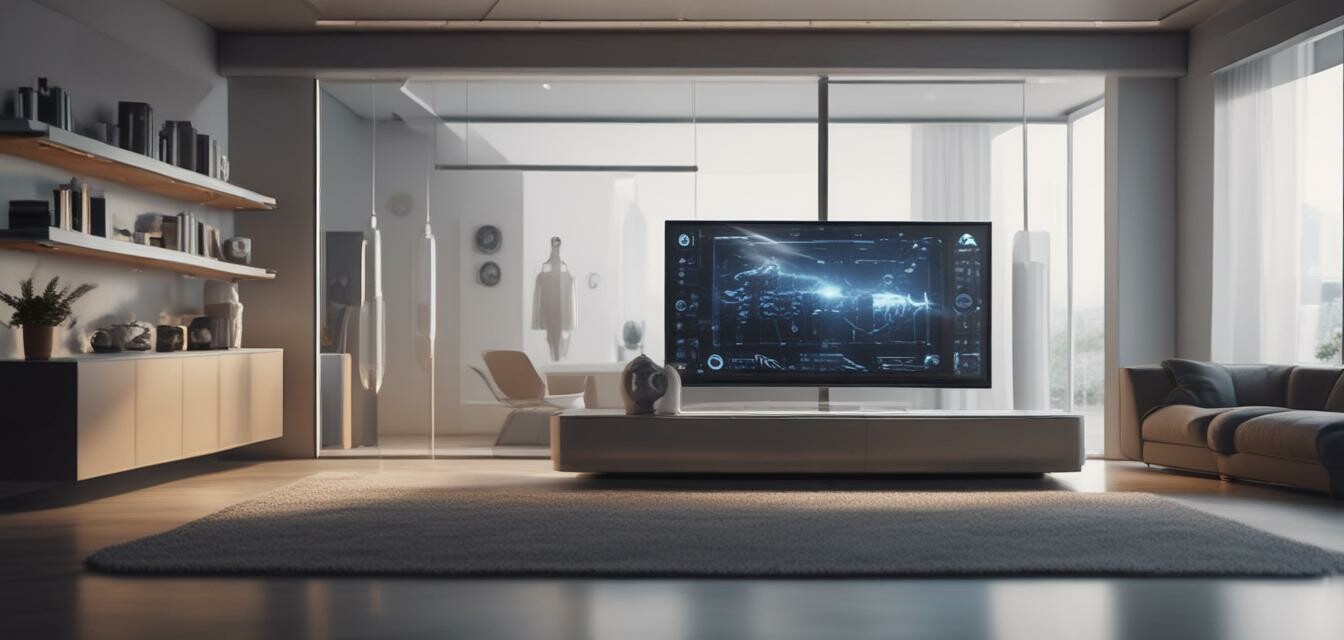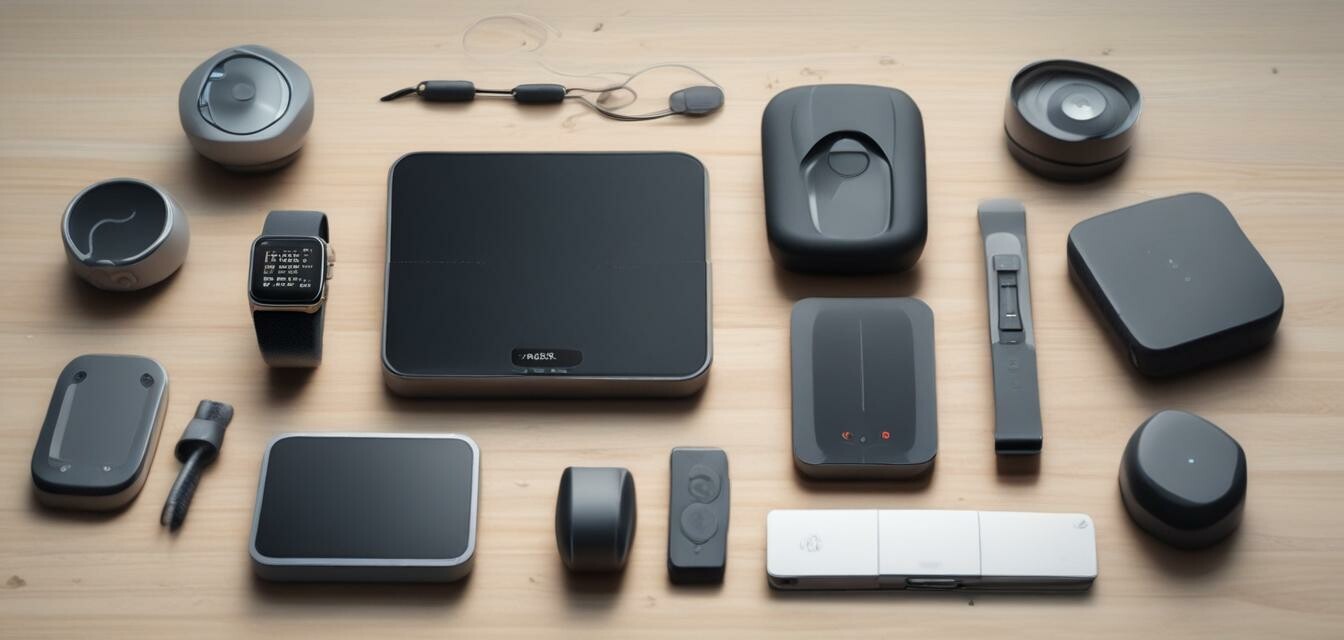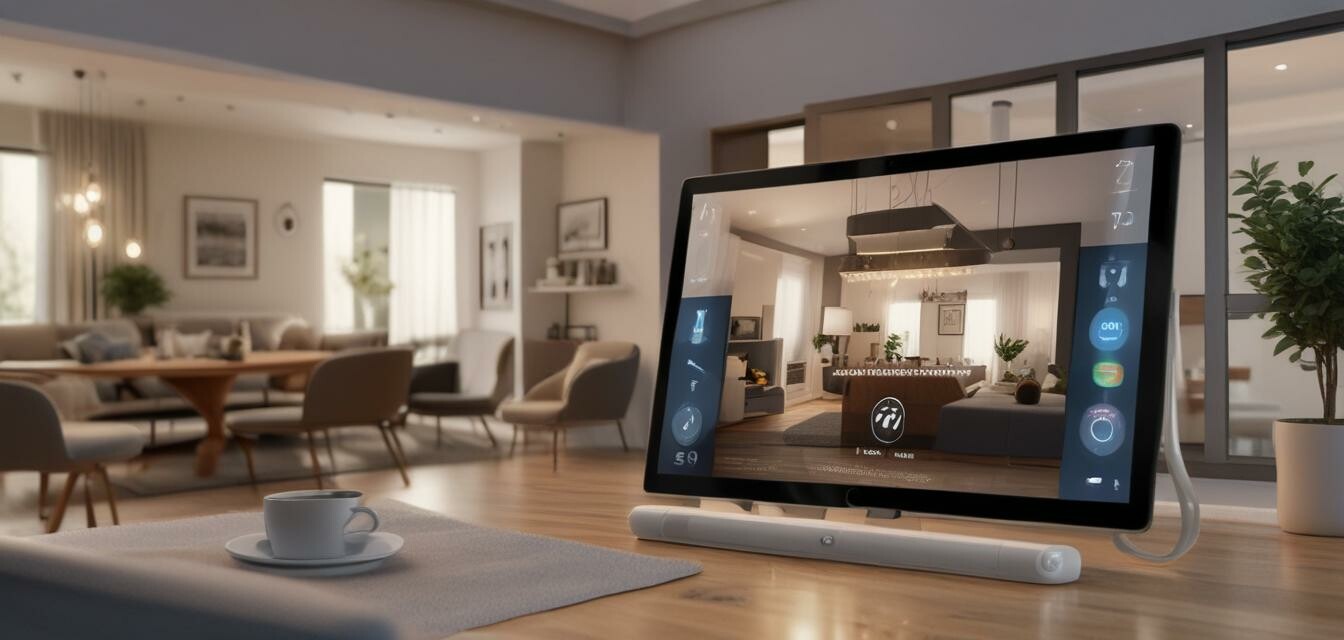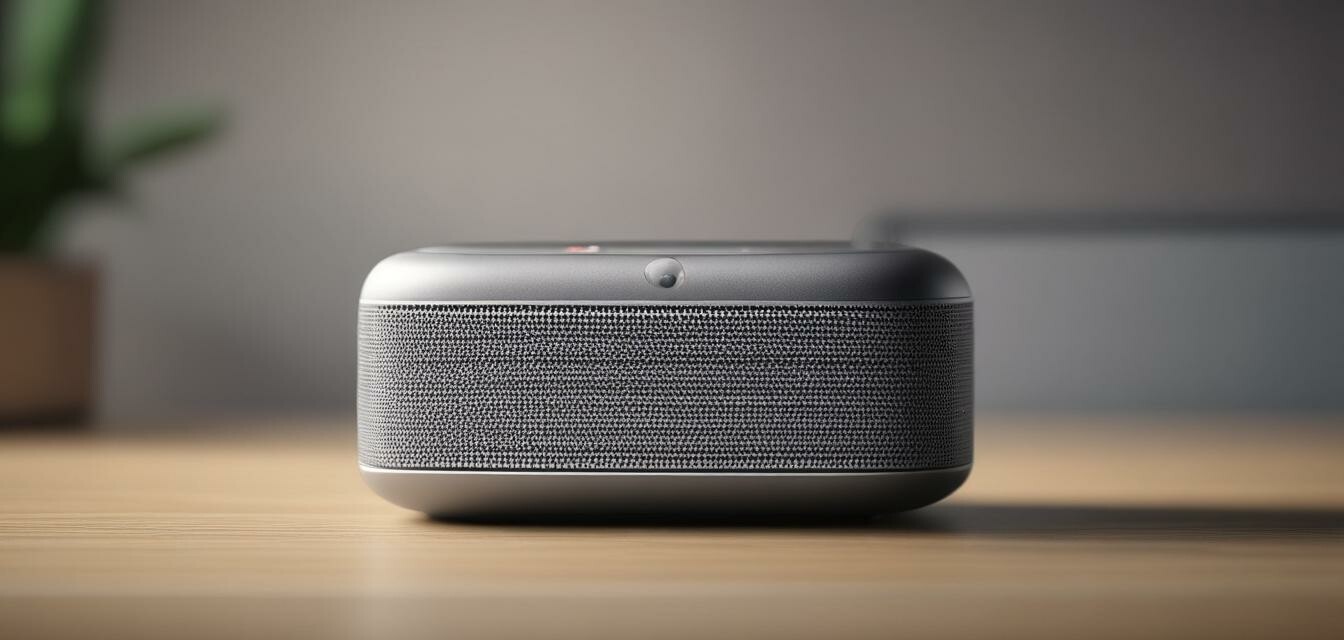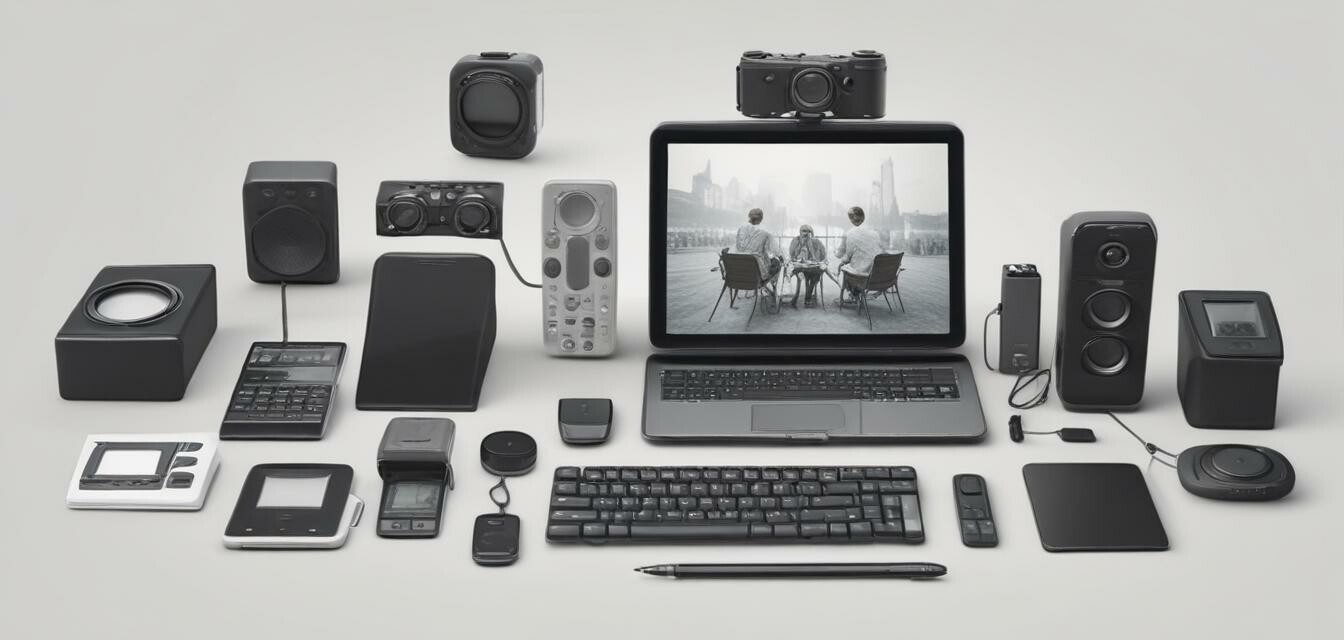
Home automation for seniors
Key Takeaways
- Home automation enhances safety and independence for seniors.
- Smart devices can be tailored to meet specific needs.
- Integration of various systems can lead to a more efficient home.
As we age, maintaining independence and comfort at home becomes increasingly important. Thanks to advancements in technology, home automation solutions are now available specifically designed for the senior demographic. This article explores various *smart home gadgets that facilitate convenience and enhance the quality of life for elderly homeowners*. From connected home assistants to home security solutions, we delve into products that can significantly improve a senior's living environment.
Understanding home automation
Home automation refers to the use of technology to control various home functions, ranging from lighting to security. For seniors, this technology can greatly assist in day-to-day activities, providing both peace of mind and convenience.
Benefits of home automation for seniors
- Increased safety: Automated systems can alert caregivers or family members in case of emergencies.
- Improved accessibility: Smart devices can be controlled with voice commands or mobile apps.
- Energy efficiency: Automation can help reduce energy bills through optimized usage.
Key smart home gadgets for seniors
Below is a summary of vital categories and examples of smart home devices particularly suited for elderly users:
| Category | Description | Benefits |
|---|---|---|
| Connected home assistants | Devices like smart speakers for voice control. | Ease of using multiple functionalities. |
| Health monitoring devices | Wearable gadgets that track vital signs. | Improved health management. |
| Home security solutions | Cameras and alarms that enhance home security. | Increased safety for seniors living alone. |
| Smart entertainment systems | Systems that integrate various media devices. | Convenient entertainment options. |
| Smart kitchen appliances | Devices that help with cooking and food management. | Ease in meal preparation. |
| Smart lighting systems | Automated lights that can be controlled remotely. | Enhanced visibility and safety. |
Implementation guide
Implementing home automation can seem daunting, but it can be done in simple steps:
- Assessment of needs: Identify which areas of the home require improvement.
- Select devices: Choose devices that meet your requirements and are compatible with each other.
- Installation: Install the devices, either by yourself or by hiring a professional.
- Integration: Connect devices to a central system for ease of control.
- Regular updates: Keep software and devices updated for optimal performance.
Tips for beginners
- Start small with one device to gauge its benefits.
- Consider ease of use; prioritize products designed specifically for seniors.
- Look for products that offer robust customer support.
Challenges in home automation for seniors
While the benefits are significant, there are some challenges to consider:
Pros
- Enhanced independence
- Family caregivers can remotely monitor loved ones
- Customization of solutions
Cons
- Potential technical issues
- Costs can add up
- Learning curve for technology use
Conclusion
Home automation presents amazing opportunities for seniors to live more independently and safely. By integrating smart devices into their daily lives, older adults can enjoy increased comfort, security, and convenience. Transitioning to a smart home doesn’t have to be overwhelming—starting with a few devices and gradually expanding can simplify the process. As the technology continues to evolve, so will the options available for enhancing the lives of seniors at home.
